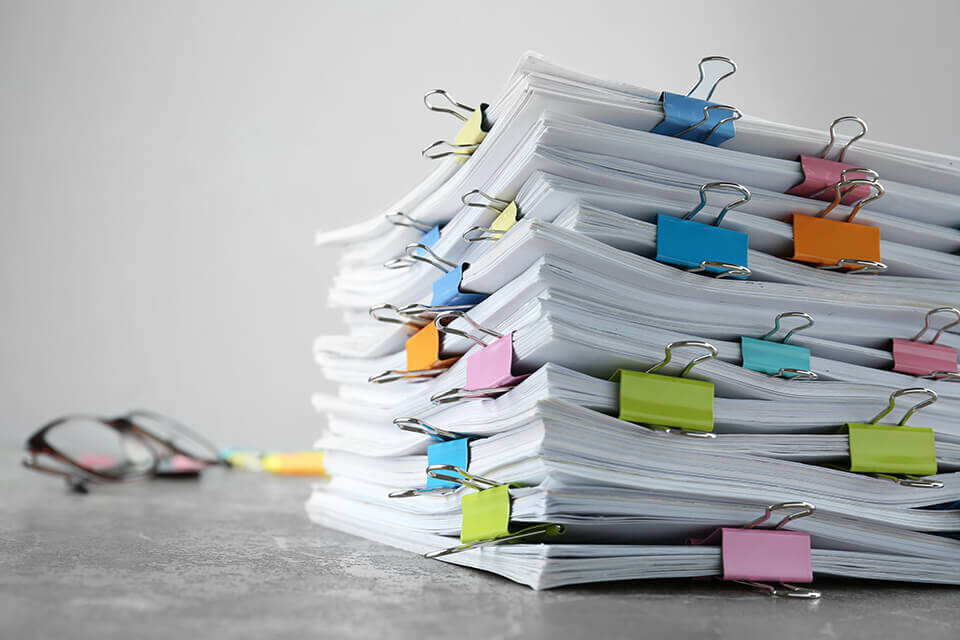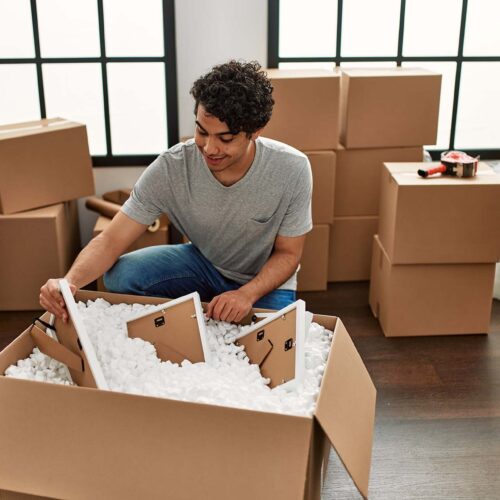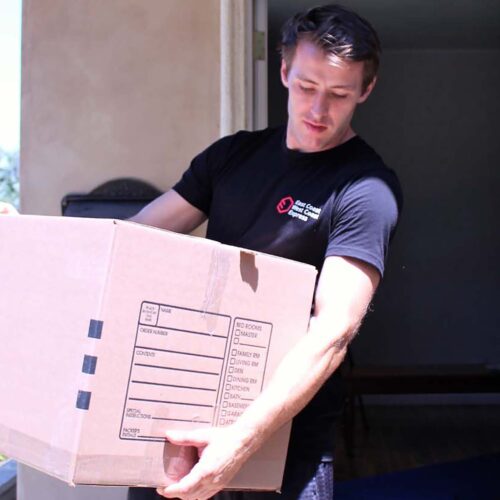

When you hit the web before relocation, every guide will tell you about the importance of proper planning, which includes making checklists, defining schedules and a budget, and especially creating a household inventory list. By having a list of all your belongings, you’ll know exactly what you own and what should be packed and prepared for shipping. You’ll also have a much easier time if the need arises to claim an insurance policy.
Why You Need a Household Inventory List for Moving
Of all the daunting tasks during relocation, packing probably has the worst reputation. Whether you choose to do it by yourself or to hire professional movers with packing services, a catalog of your belongings will be of immense help in the process. With it, you or the movers can simply go through it and write off items one by one. Besides, if you hire pros to pack your home for you, they’ll pack only the listed stuff. Anything else will most likely have to be paid extra.
And one more thing: packing tips for moving in a hurry are worth a lot more if you have a complete and detailed picture of what you own.
General Reason for Making a Catalog Is Insurance: It’s Much Easier to Claim It
No matter the precautions taken, or whether you’re an expert in how to pack electronics for moving, mishaps can happen, and damage may occur. Because of that, you should buy an insurance policy. Most shipping companies will offer one, but it’ll cover only the listed items. For that, and just to be sure, you should look to get additional insurance from a private insurer. That way, you’ll get better coverage.
To minimize the risks of an eventual claim being rejected, you should include as much information as you can about every item. Write down the serial number of every appliance and electronic device you have in your home. Also, keep in mind that valuable jewelry and similar items may require a separate insurance policy.
You should also make sure to keep all receipts and provide them along with other info. They can be used for tax deductions in case of damages.
A home inventory is useful not only for relocation but also for rental apartments. That way, both landlords and tenants can insure their stuff and protect themselves from damages.
How to Create an Inventory List
There are a few tips and pieces of advice on how to create a catalog of the possessions in your home. The first one is to take your time. If you’re getting organized to move, rushing it would heighten the risk of omitting something of importance. So, pick a room and begin. Write down all, along with a short description of the item. Then pass on to the next room.
The Basics of Creating a Household Inventory List for Moving – Take a Systematic Approach
When going through and writing down the contents of rooms in your home, be systematic. In the master bedroom, for example, start with the closet. Then put down on paper the number of shirts, jeans, trousers, sweaters… Do the same for sheets and linen. If you split every room into sections, all will be much easier and quicker. And if you have help from a friend or family member, an extra pair of eyes will ensure that nothing is missed.
What Can’t Go on the Inventory List for Moving
Inevitably, there will be some things that can’t be shipped. If you wish to know a full list of what not to pack when moving, you’ll need to contact the chosen company or visit the TSA website for more information.
In general, if you own a garage, much of the stuff from it would likely have to be left behind or put away in storage, since the shipping of toxic, explosive, and flammable materials is not allowed.
 With the help of our tips, you'll make an ideal catalog of items
With the help of our tips, you'll make an ideal catalog of items
Use Technology to Your Advantage and Make a Printable File
It is good to have the catalog on paper. Still, it’s even better if you have it in the digital version, too. It allows for changes whenever necessary, can be printed if the original is lost, and can (and should) be backed up often and in many ways.
For example, save it on more than one drive or email it to yourself. That way, it will be kept alive even if all hard drives go out of service.
With such a database, you can easily keep tabs on everything in your home, from the contents of the kitchen cabinets to what is in the toolbox.
Research the Best Available Apps
Luckily, creating a database can be made even easier if you use an app that draws up the checklists. There are many such apps on the Internet, so take some time to research the market.
Regarded as the best apps are Sortly and Memento Database, which work on both Android and iOS mobile systems. By the way, both Sortly and MD are free apps, and you can even have a good time while discovering stuff you didn’t realize you had or thought were lost.
 You may need to use an app to store information, before sending it to yourself in an email
You may need to use an app to store information, before sending it to yourself in an email
Cataloging Your Home Is Free, and Totally Worth It
So there you have it. An easy and straightforward guide to cataloging your home before contacting moving services. An added benefit of this task, if you’re moving to a smaller home, is that you may be able to decide in advance about what will go to storage.










